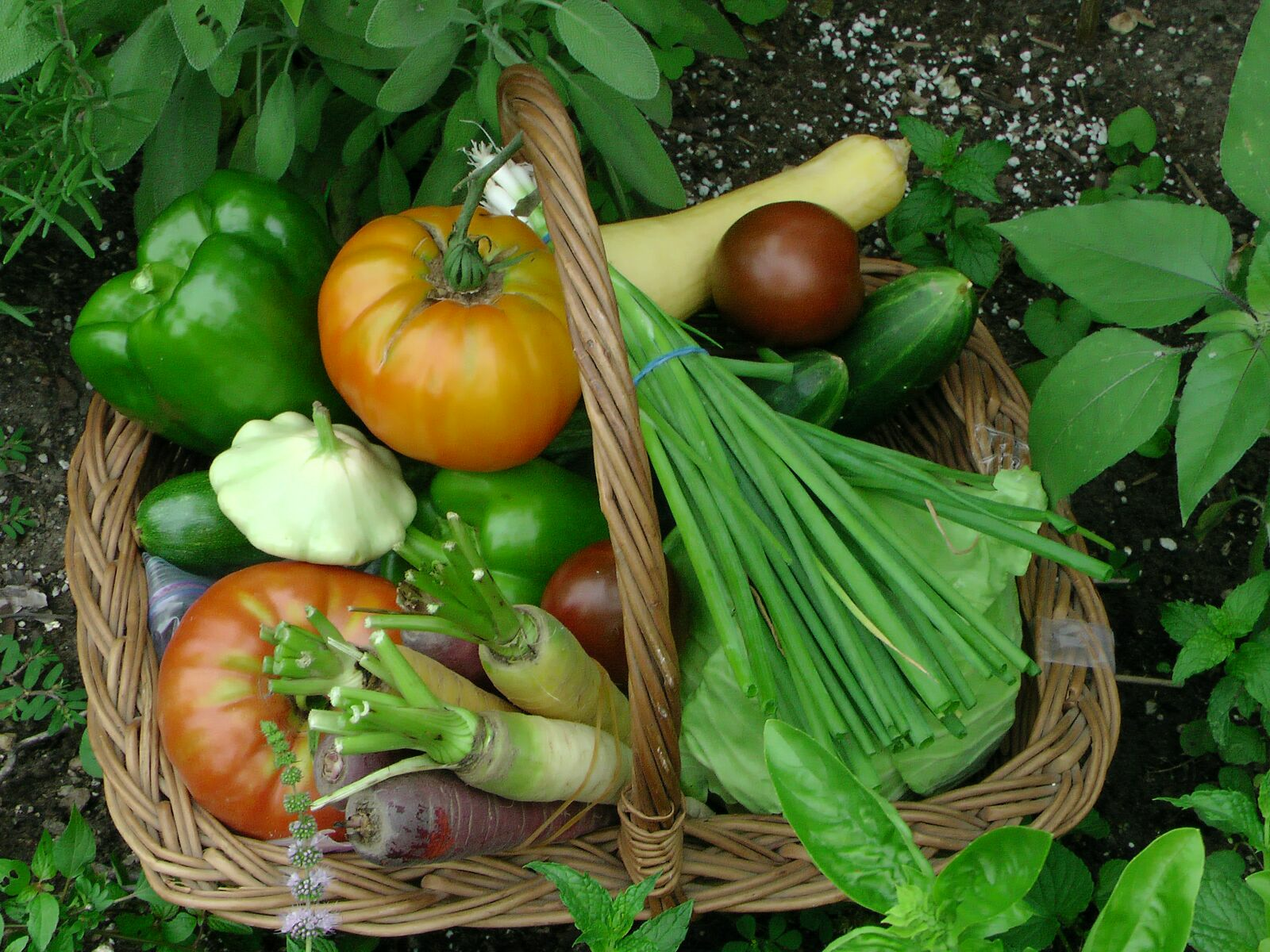
Self-Sufficient Garden: Ideas for Your Planting Plan Layout
Rising food prices, skepticism about labels and little time in nature are just a few reasons why more and more people are interested in self-sufficiency. Here you can find out how to plan your self-sufficient garden and a cultivation plan, what you should bear in mind and what gardening work you will have to do over the course of the year. You can also find answers to your questions about storing and preserving vegetables here.
This Article Contains:
- Grow Your Own Vegetables: The Path to a Self-Sufficient Garden
- Planning Garden Work and Creating Beds
- Your Own Self-Sufficient Garden: Motivation and Goal
- Self-Sufficiency All Year Round: Space and Time Requirements for Beds
- Self-Sufficiency: Tasks Throughout the Year
- Pickling and Storing Vegetables
- Layout for a Self-Sufficient Garden: Your Garden Plan
- More Ideas for Your Growing Plan as a Self-Sufficient Gardener
- Frequently Asked Questions About the Self-Catering Garden
Quick Overview
Planning a Self-Sufficient Garden: How to Do It
- Planning a self-sufficient garden must take into account the location of the beds, storage and your own goals
- Simple plants to start with include lettuce, tomatoes, carrots and pumpkin
- You need about 250-300 m2/ 299 to 358,8 yd2 for four people to provide vegetables all year round, this value varies depending on the crops grown
- Storing and preserving the harvest for the winter is particularly important for self-sufficient farmers
Grow Your Own Vegetables: The Path to a Self-Sufficient Garden
Even though more and more people are dreaming of their own self-sufficient garden, there are different forms and levels of self-sufficiency. For some, the term "self-sufficient" means someone who lives completely self-sufficiently and supplies themselves with food, water and electricity. For others, it means "only" growing food such as animal products, grains, fruit, vegetables and herbs. However, you should not underestimate how much time, space and knowledge such an undertaking requires.
Here are some instructions on how to provide yourself with vegetables all year round. This requires much less space, time and natural resources than growing animal feed. Nevertheless, you shouldn't underestimate vegetable growing. If you already feel completely exhausted, you should think about whether you have enough time and energy for this project. Then you can still garden and try things out, e.g. vary varieties from year to year or venture into new crops - there is plenty of variety and challenge when interacting with nature anyway.
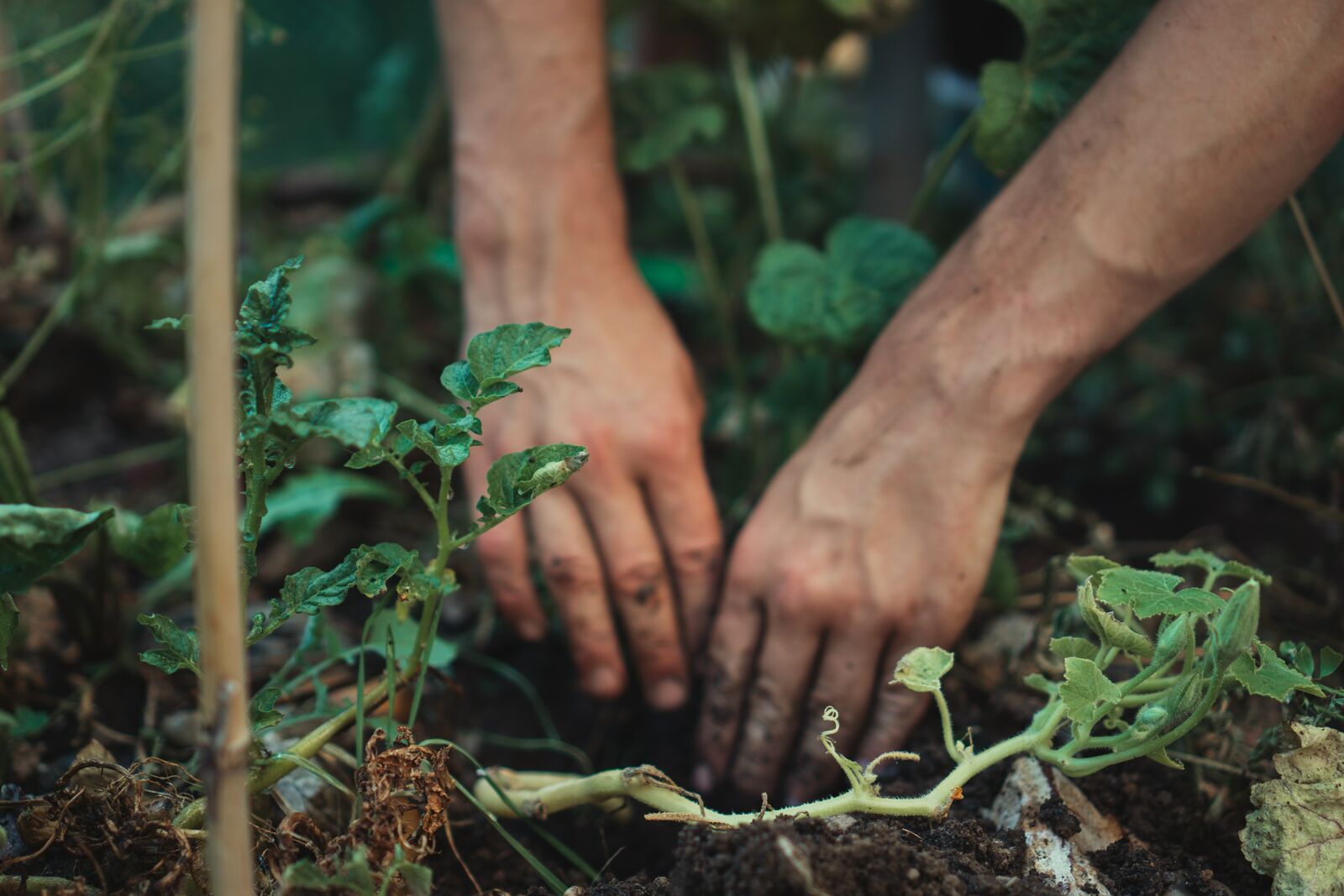
Planning Garden Work and Creating Beds
Self-sufficiency is not a project that can be decided on and implemented in a day or even a year. It makes much more sense to limit yourself to a few varieties or a smaller area at first, depending on your experience in vegetable growing. This will give you a better idea of how much you can manage in terms of time. Over time, you can always grow more and expand your garden. However, it's a shame if you overdo it, don't achieve the desired results and can't harvest and process the entire crop.
Your Own Self-Sufficient Garden: Motivation and Goal
The first step is to realize what the motivation and goal of your own self-sufficient garden is. In the best case scenario, you will have fresh, aromatic and healthy vegetables all year round and save yourself a trip to the supermarket. So what is your goal? Perhaps you want to try unusual varieties that are otherwise expensive or difficult to obtain. Or you might want to cover a large part of your calorie requirements from your own garden and focus on a few varieties. Another option is to be able to eat vegetables from your own garden all year round. Good planning is particularly important for year-round self-sufficiency: in addition to the bed area, you should also consider the capacity for stored and canned vegetables. The final selection of varieties should be based on what you like to eat and should also be suitable for your location (soil, light exposure, climate).
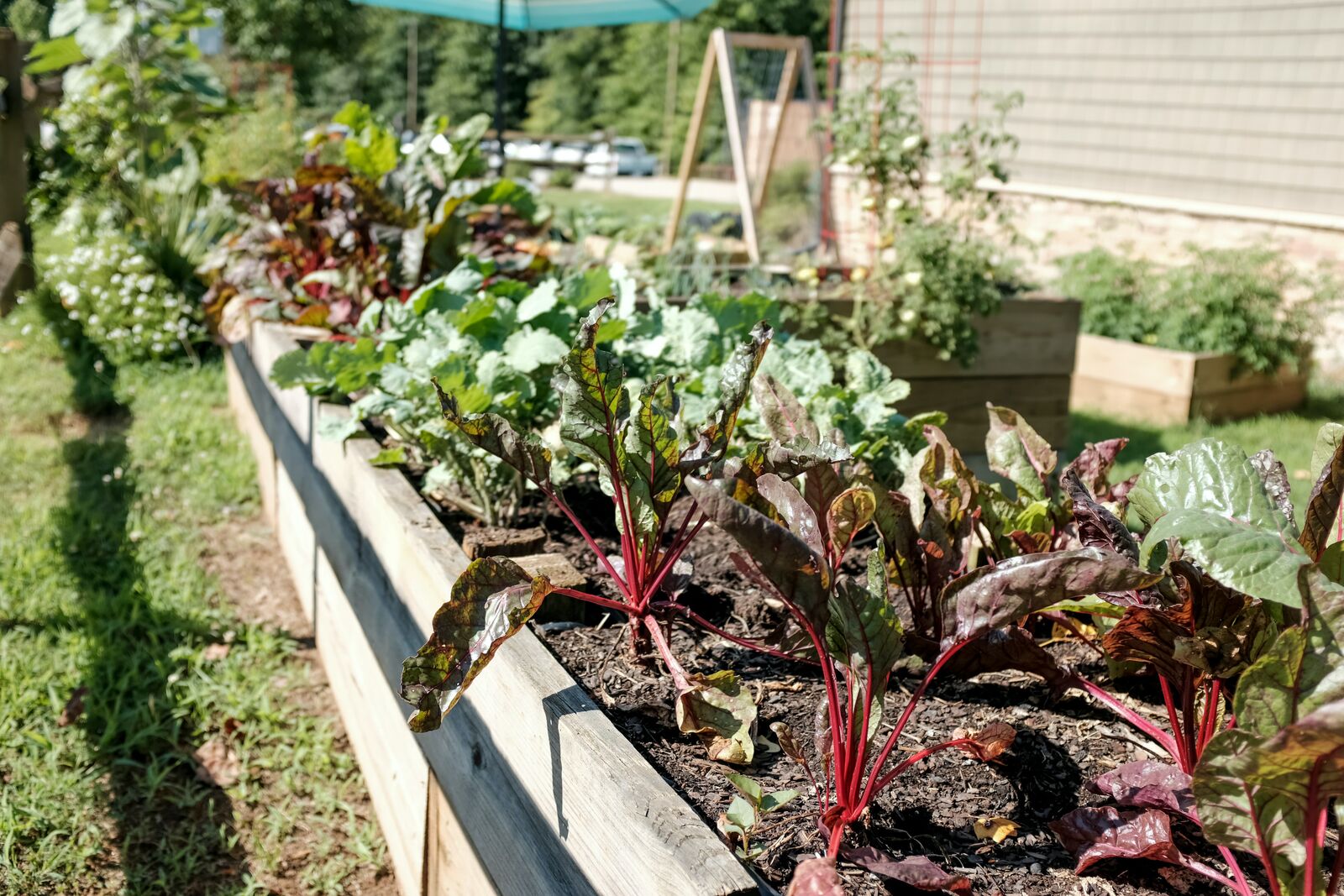
Self-Sufficiency All Year Round: Space and Time Requirements for Beds
The area required and the time needed can vary greatly depending on the crop. Roughly speaking, you can expect 250 to 300 m2/299 to 358 yd2 for a four-person household. With this amount of space, it is possible to grow crops all year round. However, Saturday is not the only day for gardening. The time required depends on how your garden is laid out, which crops you grow and, above all, the area. However, it is not possible to give a blanket answer. It's best to record how many kilograms of vegetables you buy and use over the course of a year. This way, you can be clearer in advance about how much space, vegetables and time you need. You should also bear in mind that in our latitudes, for example, fresh peppers and tomatoes are no longer available in winter and you have to rely on more canned vegetables instead. This requires sufficient supplies and storage facilities. As with all vegetable cultivation, planning for the following year makes the most sense in fall or winter.
These Are Simple Cultures to Start With:
- potatoes
- onions
- zucchinis
- bush and runner beans
- radishes
- strawberries
- lettuce
- garlic
- tomatoes
- pumpkin
- carrots
- swiss chard
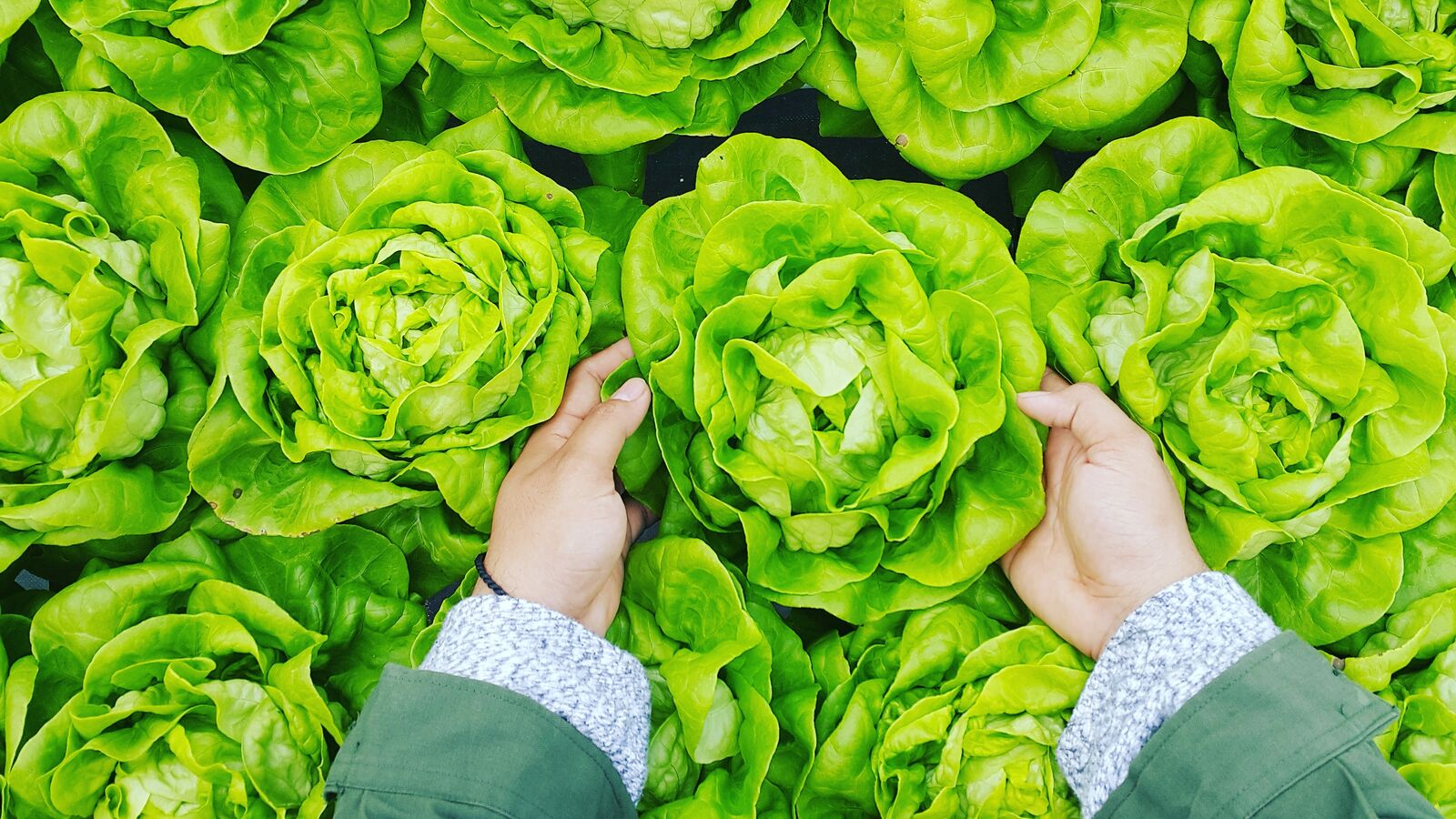
If you want to expand your beds for self-sufficiency, you should make short paths a priority: between the house, tool shed, compost and other beds. Fixed paths are also an advantage. The basis is of course the location, soil, weather and light conditions. You can find out How to Create a Vegetable Patch in this article.

Would You Like to Plan a Bed?
With our bed planner, you can easily plan a colourful mixed crop. Good and bad companion plants are displayed directly and you get tips on succession planting and crop rotation!
Plan a Bed NowSelf-Sufficiency: Tasks Throughout the Year
Even if it's not just April that goes crazy in some years, you can still use the seasons as a guide for most gardening work. Experience and a look at frost, temperature and precipitation are also good indicators.
- In spring, from March onwards, you can propagate some vegetable crops. Pre-planting requires fewer seeds and gives the plants a small head start. Seedlings are also an option, as is direct sowing for some crops. You can find out more about Preplanting or Direct Sowing in our article on the subject. Here you will also find an overview of which crops are suitable for propagation and which you should prefer to propagate in our latitudes. Seed-resistant varieties in organic quality are best suited, so you can Produce Your Own Seeds for the next season. For some crops, it is worth sowing in sets to ensure a consistent supply from your own garden over a long period of time. These include lettuce, rocket, radishes and spring onions.
- In summer, the water supply in the garden becomes the main issue, especially in view of the climate crisis. Collecting rainwater is the best alternative to groundwater or tap water. You can find Tips on Water-Saving Watering in this article. In the summer months, the light intensity, duration and temperatures are at their highest, allowing the fruit to ripen. Within a species, there are different varieties with different sowing and harvesting times. Here you can vary between early and late varieties in order to harvest for as long as possible. Some vegetable varieties, such as bush beans, are not harvested in one go, but a few pods at a time over a period of weeks.
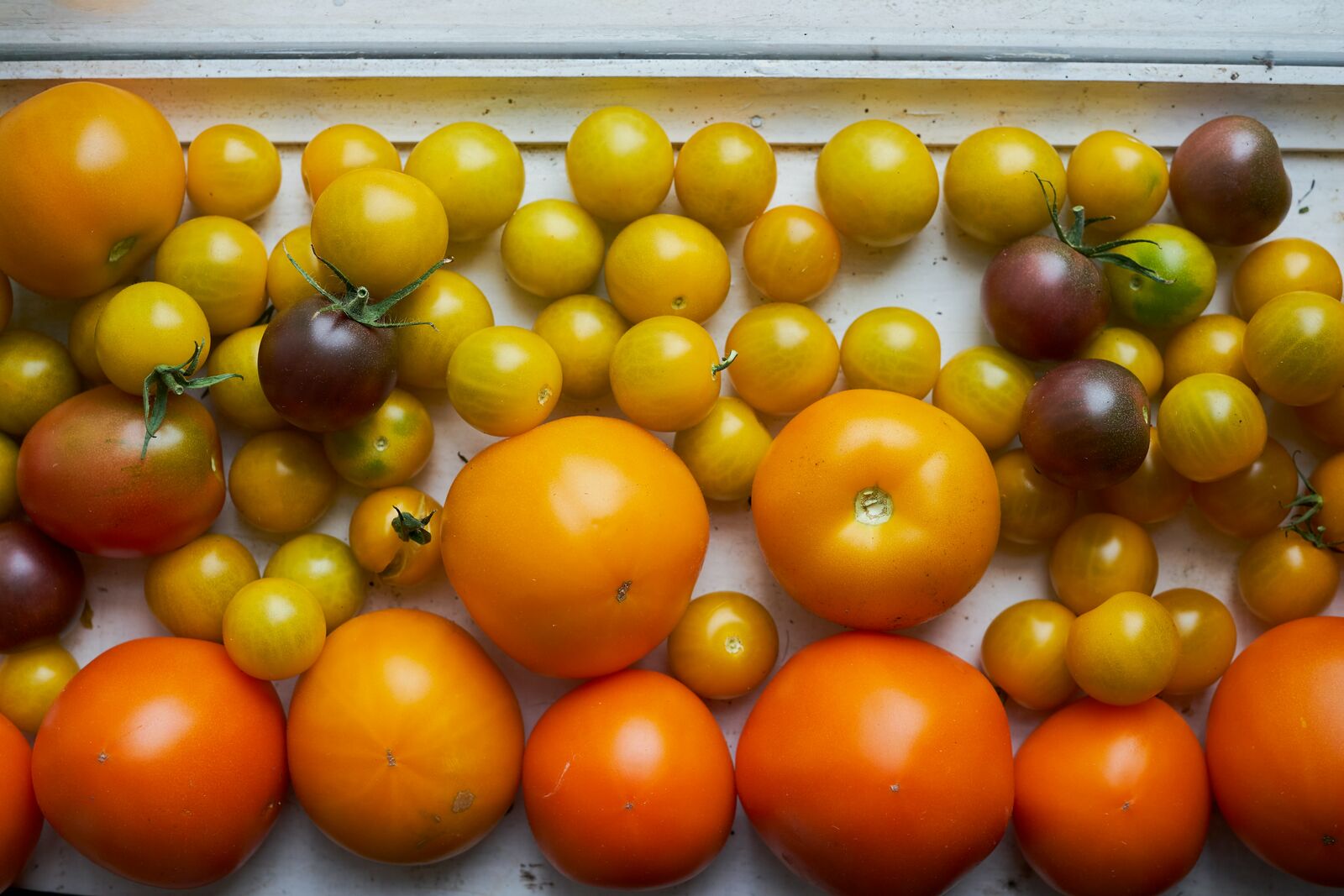
- Autumn is the main harvest time in the garden. You can find an overview of the Harvest Times for Fruit and Vegetables in the themed article. Now it's time not to lose your head and your overview. For self-sufficient gardeners, harvesting a lot also means storing and preserving a lot. There should be enough space and time for this, which sometimes gets lost in the planning. If you harvest more than you can eat and process, why not treat your neighbours and friends to the harvest from your garden? It's also worth thinking now about sowing seeds for the Plants in Winter.
- Winter should not be overlooked here. Even now, there are still some plants in the bed: Brussels sprouts, kale, leeks, lamb's lettuce and spinach. If you have a greenhouse or foil tunnel in your garden, you have an even greater choice. You should be particularly careful at higher altitudes, as harvesting is difficult under a thick blanket of snow. Otherwise, in the cold and dark months, the focus is on preserves and storage and, of course, on planning for the next gardening year.
Pickling and Storing Vegetables
Different types of vegetables ripen in different months and differ in terms of water content and consistency. On the one hand, there are harvest peaks when you harvest more from the garden than can be eaten and processed at the moment. On the other hand, there are also months when there is hardly anything going on in the garden. For these reasons, storing and preserving vegetables and other plants plays a particularly important role for all self-sufficient gardeners.
Preserving Vegetables
- Suitable foods for freezing include zucchinis (finely chopped and salted), herbs (in portions in ice cubes) and various types of fruit and berries.
- Fruit such as apples, berries and elderflowers are particularly suitable for jellies, jams and syrups .
- Chutneys , on the other hand, are a great way to combine fruit and vegetables. Spices are the be-all and end-all.
- You canair-dry herbs from your garden in bundles, e.g. for teas, as well as vegetables such as tomatoes in a dehydrator or oven.
- Pickling and preserving are the best-known traditional ways to enjoy vegetables even in cold months. Hygiene is particularly important here. Vinegar or salt is usually used here and the liquid is poured hot into jars with the vegetables. Chillies and herbs can add a special touch to the oil.
- You can find more Tips on Preserving Fruit and Vegetables with instructions in our article.
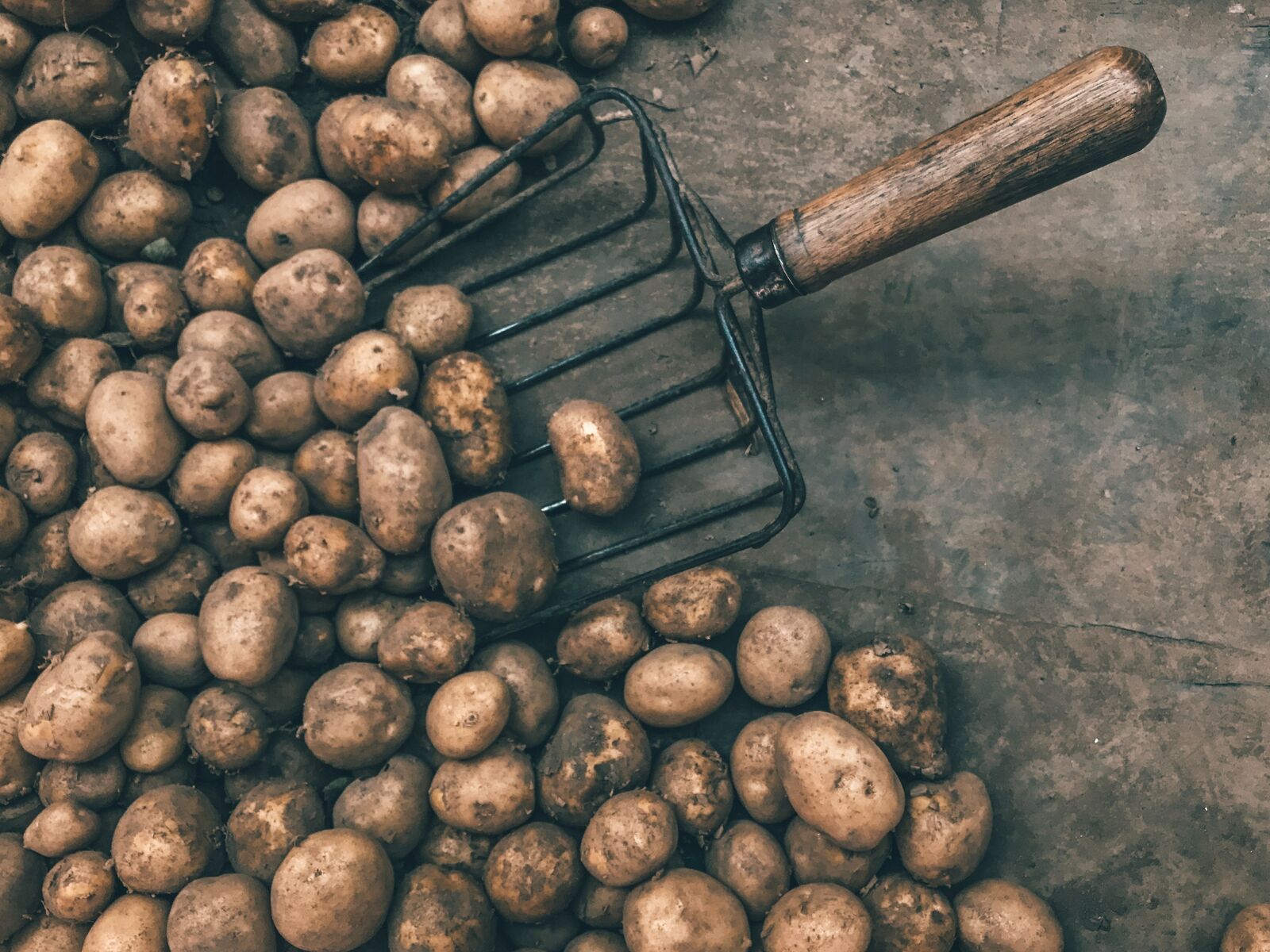
Storing Vegetables
- You can store potatoes and onions particularly well. The rule of thumb here is to store them in a cool, dark, dry and well-ventilated place. Carrots are different, as they need a certain amount of moisture to stay crunchy. Outside the house, root vegetables can also be stored in piles of soil in the ground. You can find out more about Storing Vegetables Correctly and Tips on Earth Mounds and the like in our article.
Layout for a Self-Sufficient Garden: Your Garden Plan
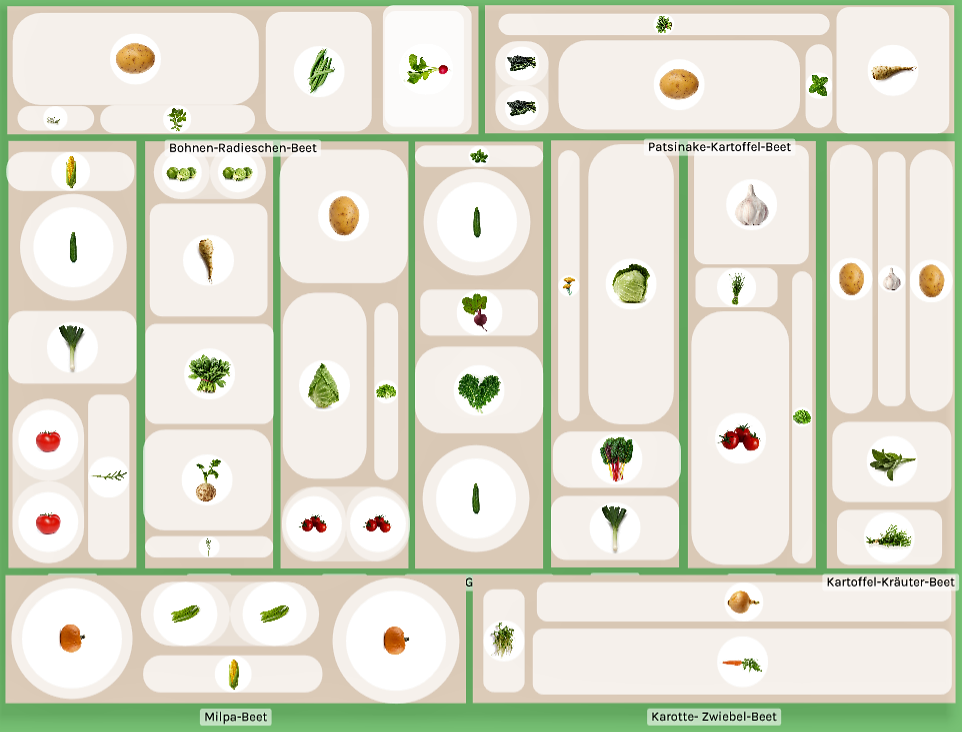
This cultivation plan is an example of how you can plant about 58 m2/69,3 yd2 of bed area for self-sufficiency. Of course, this also depends on which crops you particularly like to eat and what your local conditions are like. The plants are not all in the bed all year round. To make the best use of the area and avoid erosion, you can either plant new crops in the area after the harvest or sow green manure . After the potato harvest, you can also use the space in the beds in your garden for lamb's lettuce, Chinese cabbage, fennel or spinach, for example.
More Ideas for Your Growing Plan as a Self-Sufficient Gardener
Here you can find more inspiration for your self-sufficient garden with further planting plans.
Want to get helpful gardening tips all year round and plan your own beds in the best possible way? Then register here or download the Fryd app for Android or iOS.
Fryd - your digital bed planner
Emilie
Current Topics in the Community

#red , #tuesday

Liked 1 times
#testpostcount

Dec 2025
Popular Articles

Companion Plants for Carrots: What (Not) to Plant With Carrots

Companion Plants for Celery : What (Not) to Plant With Celery?

Strawberry Types: List of Best Strawberry Varieties

Companion Planting With Strawberries: Companion Plants and Planting Plan

Basil Varieties & Types at a Glance

What to Plant With Cabbage: Good and Bad Companion Plants

Fertilizing Strawberries: Home Remedies & Natural Fertilizers at a Glance

Growing Sweet Potatoes: Tips on Cultivation & Companion Plants

Companion Plants for Kitchen Herbs: Chives, Parsley & Co

What Herbs Can Be Planted Together?
FAQ
What should I bear in mind when planning a self-sufficient garden?
Consider the location of the beds, storage options and your personal goals. Easy plants to start with are lettuce, tomatoes, carrots and pumpkin.
How much space do I need for a self-sufficient garden?
For a family of four, around 250-300 m2/299 to 358,8 yd2 are needed to have vegetables available all year round.
Which vegetables are suitable for beginners?
Simple crops to start with include potatoes, onions, zucchinis, bush and runner beans, radishes, strawberries, lettuce, garlic, tomatoes, pumpkins and carrots.
How do I plan my gardening throughout the year?
Start preplanting in the spring, use the summer for intensive care and harvesting, and the main storage is in the fall. Over the winter, the stored vegetables should be managed and the next season planned.